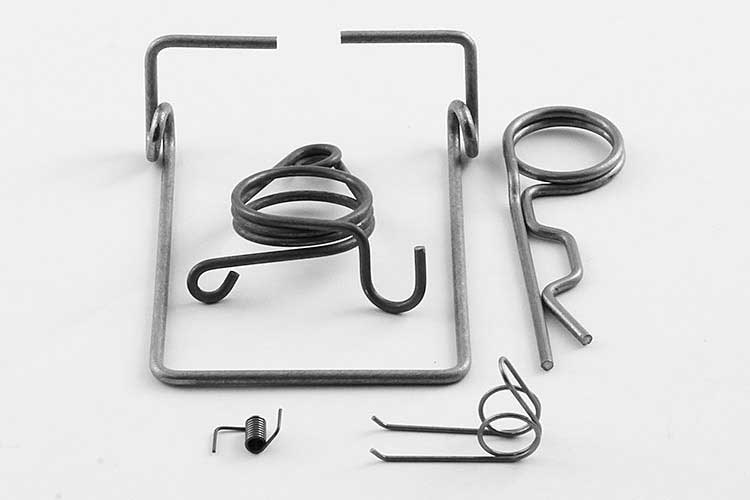Get unique, complex parts easily. No matter your requirements, Chaoyi Spring creates hard-to-produce coil springs and wire forms.
Let us help you create the custom wire form you need, from S-hooks and J-hooks to utility hooks and more.
We work closely with customers across a wide range of industries, helping them design and manufacture made-to-order parts.
Why choose Chaoyi Spring? We prioritize customer-focused collaboration, modern equipment and the latest technology to make your parts per print.
Find the information and guidance you need, from measuring a spring to learning about materials, placing an order and much more.
In the realm of physics, an ideal spring is a theoretical concept that embodies the perfect spring, devoid of any imperfections. This theoretical construct, characterized by its unwavering compliance with


In the realm of physics, an ideal spring is a theoretical concept that embodies the perfect spring, devoid of any imperfections. This theoretical construct, characterized by its unwavering compliance with Hooke's Law and its lack of extraneous factors like mass, damping losses, or limits, serves as a fundamental building block for understanding the behavior of real-world springs. It allows us to delve into the intricate world of spring physics and lays the groundwork for comprehending the complexities of real springs used in various engineering applications.

Imagine a spring that embodies perfection – a spring that obeys Hooke's Law flawlessly, unburdened by the constraints of real-world limitations. This idealized entity, known as an ideal spring, serves as a foundational concept in physics, providing a framework for comprehending the behavior of real springs. It's a theoretical construct that allows us to explore the fundamental principles of spring physics without the distractions of imperfections.
An ideal spring is a hypothetical entity that exhibits several key characteristics, making it a valuable tool for theoretical analysis. These defining features include:
While an ideal spring is purely theoretical, it plays a crucial role in understanding real-world springs. It provides a foundation for analyzing and predicting the behavior of real springs, even though they exhibit imperfections. By studying ideal springs, we can gain insights into:
Despite being a theoretical construct, the concept of an ideal spring has far-reaching applications in various fields. It serves as a valuable tool for modeling and understanding the behavior of real springs used in a wide range of applications. Here are a few examples:
It's important to remember that real springs are not perfect and deviate from the idealized behavior of an ideal spring. Factors such as mass, damping losses, and limits on deflection affect their behavior. Nevertheless, the ideal spring concept provides a valuable baseline for understanding and analyzing real springs. By acknowledging the limitations of real springs and factoring in these deviations from the ideal model, engineers can create accurate simulations and designs for practical applications.
In conclusion, the ideal spring, while a theoretical concept, plays a crucial role in our understanding of real springs and their applications. It offers a simplified yet insightful framework for analyzing spring behavior and lays the groundwork for comprehending the complex interplay between force, displacement, and energy in spring-based systems. By understanding the principles of ideal springs, we can effectively analyze and design real-world springs that power our machines, support our structures, and drive our technological advancements.
Browse some of the custom wire forms and springs that we manufacture. Don’t see what you need? We specialize in made-to-order products that meet your application requirements.
Visit Our GalleryNeed a custom wire form or coil spring? We make it work. Fill out the contact form and a representative will respond within 1 business day. If you have a PDF or CAD file, you can submit to request a quote.